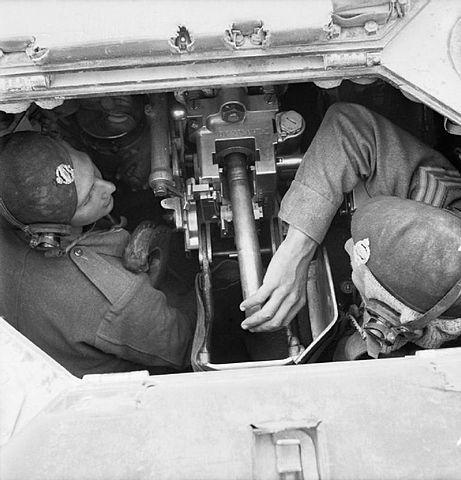TFSmith121
Banned
Take a look at what the RAAF and RNZAF were actually
Take a look at what the RAAF and RNZAF actually had in terms of operational and deployable units at home before - say - 1940...
Both forces were, essentially, commands for administering EATS until 1941, at which point a small number of operational squadrons began to appear in the Pacific, equipped almost entirely with Lend-Lease material or second-line British designs.
As it was, the RAF in Malaya included RAAF and RNZAF squadrons, equipped with
(for example) Brewster Buffalos, which other than dying gallantly, were unable of doing a whole lot against the IJNAF and IJAAF ...
It took until 1942-43, and the L-L.spigots being wide open, for the RAAF and RNZAF to be able to sustain any sort of combat air operations in the Pacific.
The point being is that despite the potential threat of the Japanese, until they moved into French Indochina in 1940-41, the British, Australians, and New Zealanders did not really start any sort of Pacific build-up, and at that point it was too late - certainly for Malaya.
The Japanese were able to commit and sustain something like 12 divisions for the initial offensives in 1941-42; the British managed about four in Malaya (8th Aus., 9th Ind., 11th Ind., 18th British) and two in Burma (1st Burma and 17th Ind.); if the three AIF divisions and the 2nd NZ that were in the Middle East at this point are still there, that's still 2-1 odds, and the Japanese had command of the sea and air.
If the Australians and New Zealanders are all in the Pacific, it is unlikely they are equipped to the scale they were in the Med, and it's an open question where they or the British and Indian formations are actually deployed and can be sustained.
Best,
I've had a look at their Wikipaedia biographies.
Joseph Lyons, Prime Minister of Australia 1932-39, was a pacifist according to his entry, but it also said this:
E.g. in 1934 the Australian Government authorised the first of several RAAF expansion schemes, which is also when the British Government authorised the first RAF expansion scheme. At he outbreak of WWII the RAAF actually had 12 squadrons and was working up to a strength of 19 squadrons by the middle of 1941, but the long-term goal approved in June 1939 was for a strength of 32 squadrons. Source: The Air Forces of the World by William Green and John Fricker, published 1958.
I'm proposing increasing spending on the RAAF-only which would take place in the period 1934-39 so that it would have 18 squadrons in September 1939 with the goal of building up to a force of 32 squadrons by the middle of 1941.
George Forbes was Prime Minister of New Zealand from May 1930 to December 1935. It didn't say what his opinions on Japan and the rise of Hitler were so I can't speculate on how he would have reacted if he had been asked for one or two RNZAF squadrons for Singapore in 1934-35.
On the other hand according to Wikipaedia Michael Joseph Savage who succeeded Lyons as Prime Minister and held the position until May 1940...
That suggests that he might have responded positively if he was asked to provide one or two RNZAF squadrons for the defence of Singapore.
Take a look at what the RAAF and RNZAF actually had in terms of operational and deployable units at home before - say - 1940...
Both forces were, essentially, commands for administering EATS until 1941, at which point a small number of operational squadrons began to appear in the Pacific, equipped almost entirely with Lend-Lease material or second-line British designs.
As it was, the RAF in Malaya included RAAF and RNZAF squadrons, equipped with
(for example) Brewster Buffalos, which other than dying gallantly, were unable of doing a whole lot against the IJNAF and IJAAF ...
It took until 1942-43, and the L-L.spigots being wide open, for the RAAF and RNZAF to be able to sustain any sort of combat air operations in the Pacific.
The point being is that despite the potential threat of the Japanese, until they moved into French Indochina in 1940-41, the British, Australians, and New Zealanders did not really start any sort of Pacific build-up, and at that point it was too late - certainly for Malaya.
The Japanese were able to commit and sustain something like 12 divisions for the initial offensives in 1941-42; the British managed about four in Malaya (8th Aus., 9th Ind., 11th Ind., 18th British) and two in Burma (1st Burma and 17th Ind.); if the three AIF divisions and the 2nd NZ that were in the Middle East at this point are still there, that's still 2-1 odds, and the Japanese had command of the sea and air.
If the Australians and New Zealanders are all in the Pacific, it is unlikely they are equipped to the scale they were in the Med, and it's an open question where they or the British and Indian formations are actually deployed and can be sustained.
Best,




